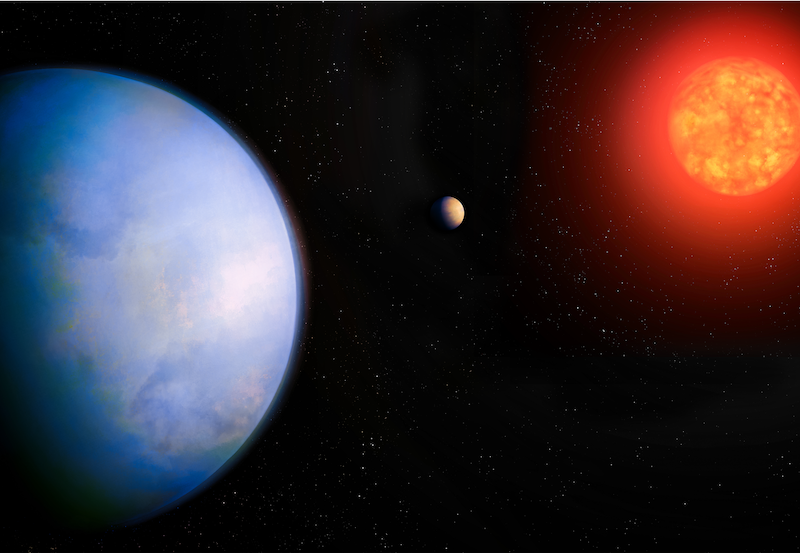
Astronomers have discovered another potentially habitable exoplanet orbiting a nearby star. The planet – GJ 251 c – is in the habitable zone of its red dwarf star.
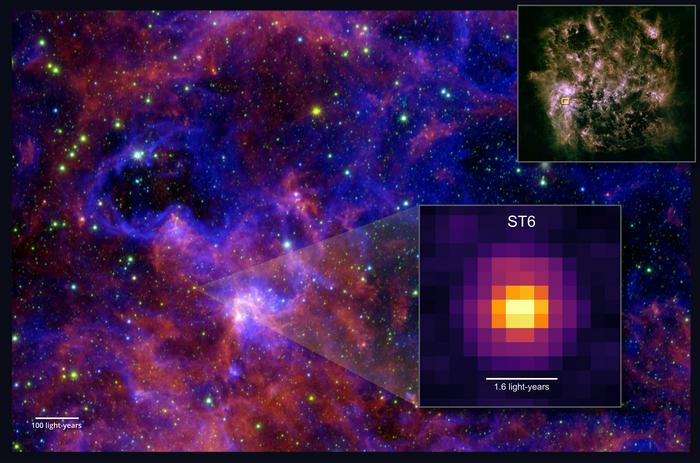
A team led by a University of Maryland astronomer detected large complex organic molecules in ices outside of the Milky Way for the first time, offering a glimpse into the chemistry of the early universe.
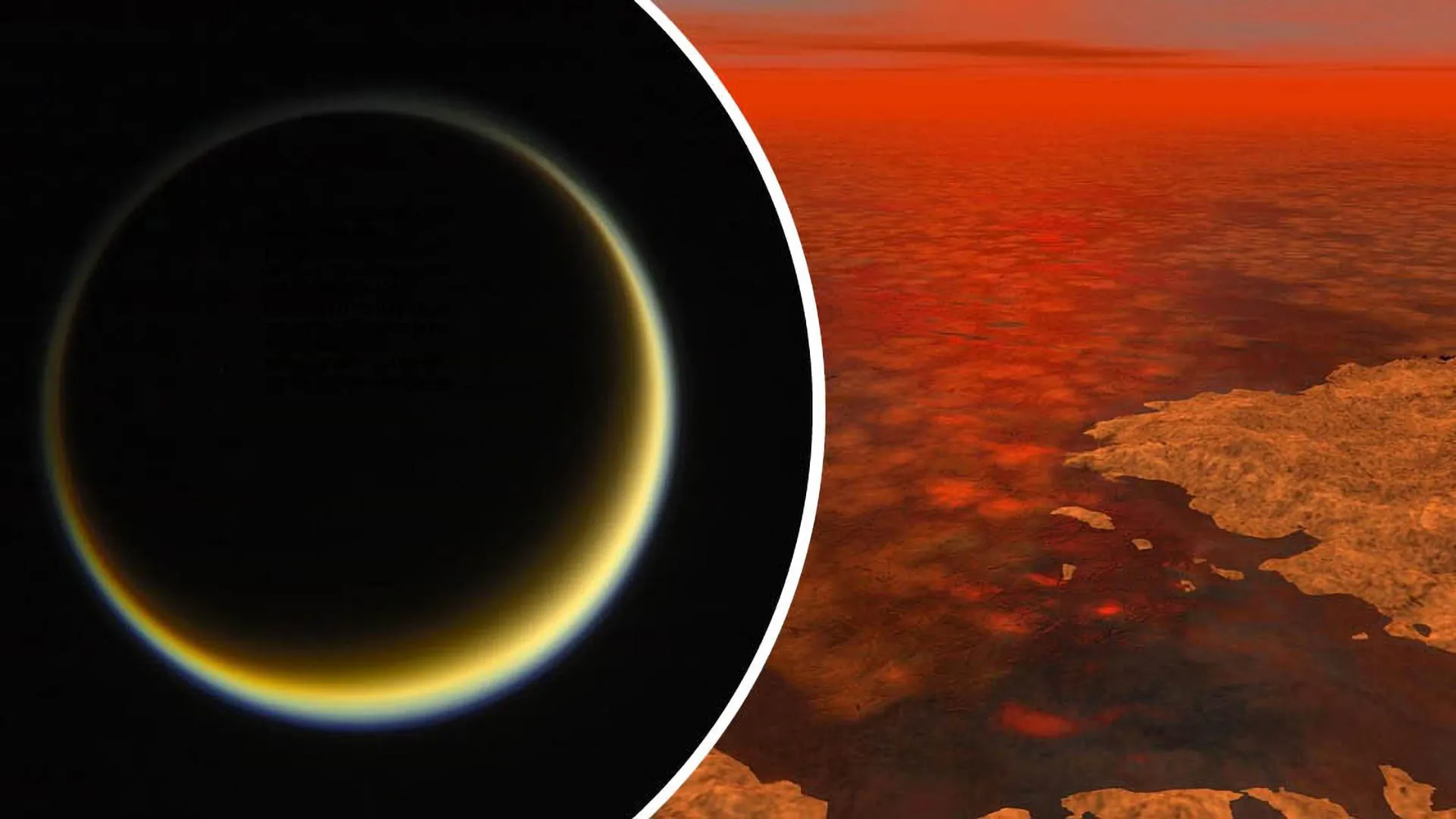
Scientists from NASA and Chalmers University have discovered that incompatible substances can mix on Titan’s icy surface, breaking the “like dissolves like” rule of chemistry.
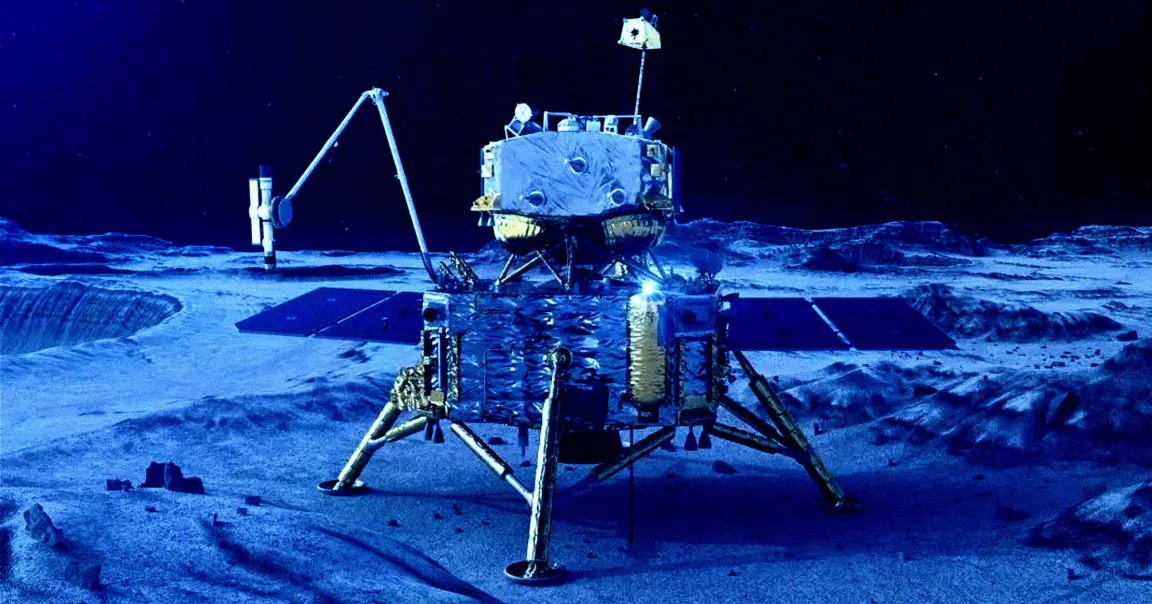
It’s the first time CI chondrite was observer on the Moon, suggesting that volatile-rich asteroids — which are very porous, with hydrated minerals making up to 20 percent of their mass — can make it all the way to the lunar surface.
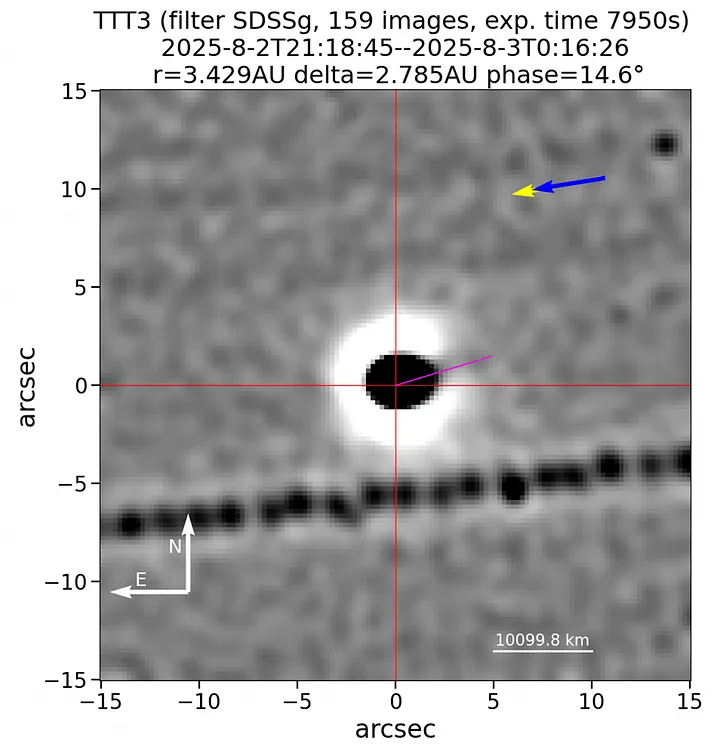
The most tantalizing feature of the interstellar object 3I/ATLAS, was displayed in an image taken by the Hubble Space Telescope on July 21, 2025. The image showed an extended glow pointed towards the Sun.
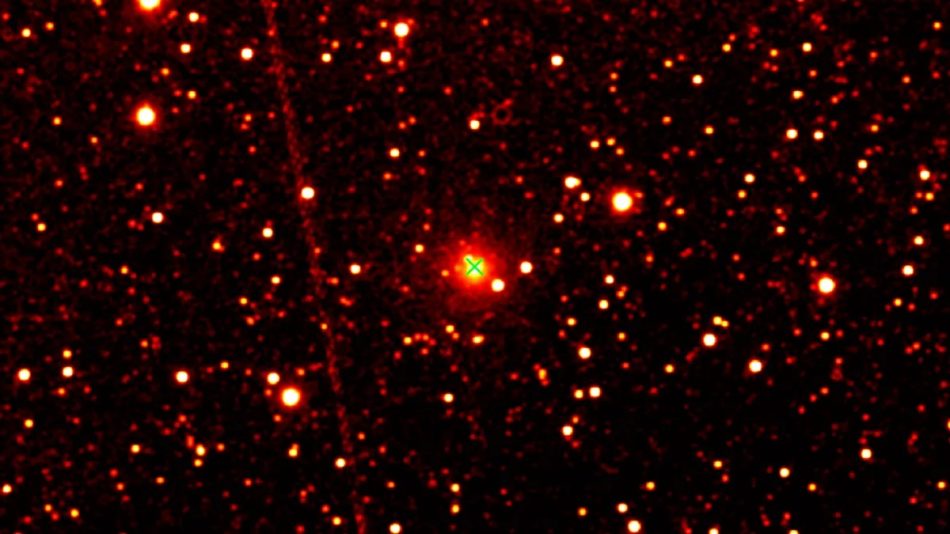
The researchers report that the comet shows an “extremely deep and narrow negative polarisation branch,” a phenomenon that sets it apart from every known interstellar or Solar System comet.

Using the Ultraviolet/Optical Telescope aboard NASA’s Neil Gehrels Swift Observatory, astronomers have detected hydroxyl (OH) gas — a chemical fingerprint of water — from the interstellar object 3I/ATLAS.

The finding suggests phosphine—a potential biosignature—shouldn’t be viewed as evidence of alien life until natural, non-biological sources are ruled out.
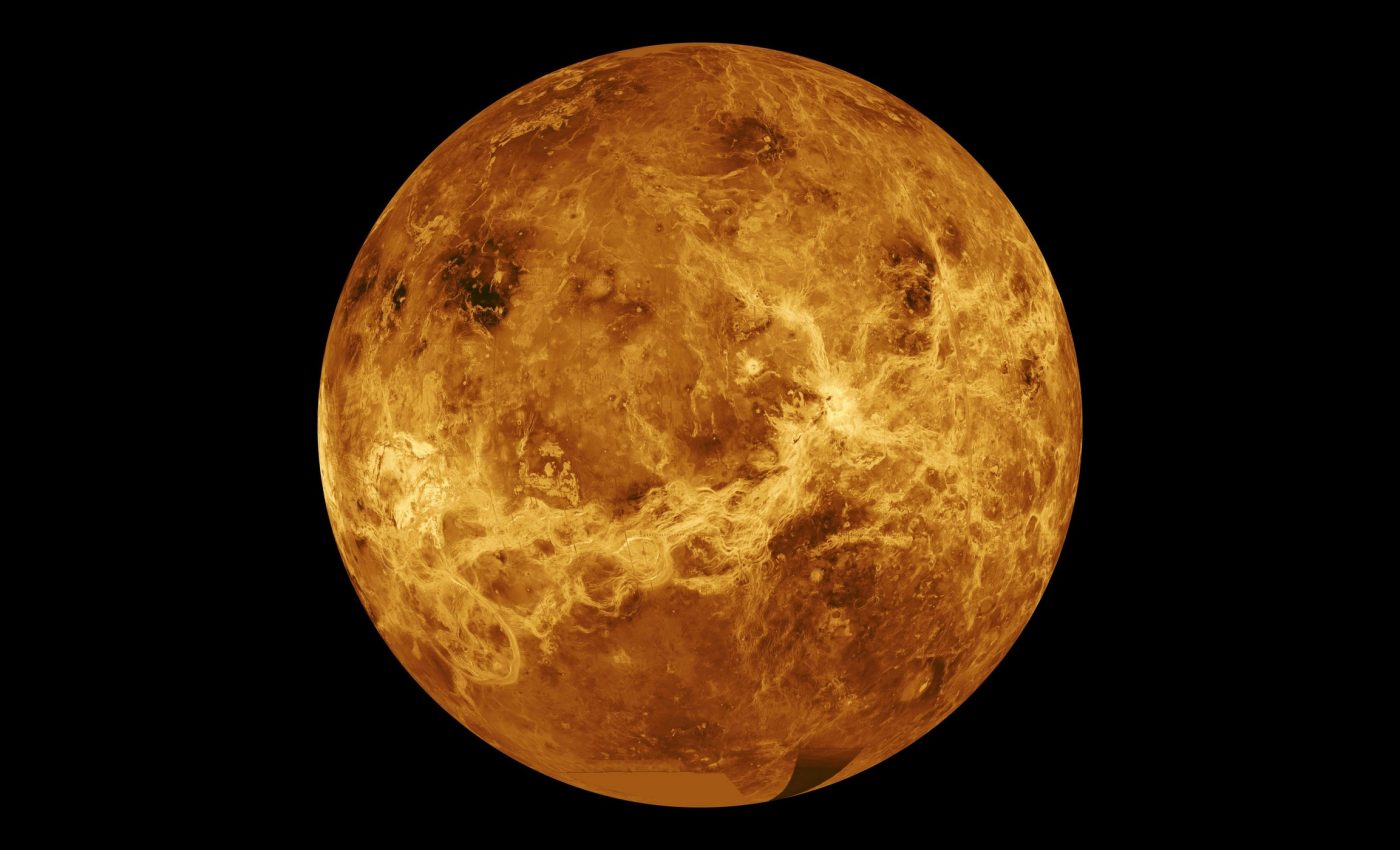
Reexamining old data showed that the atmosphere on Venus is approximately 62% water trapped in hydrated compounds.
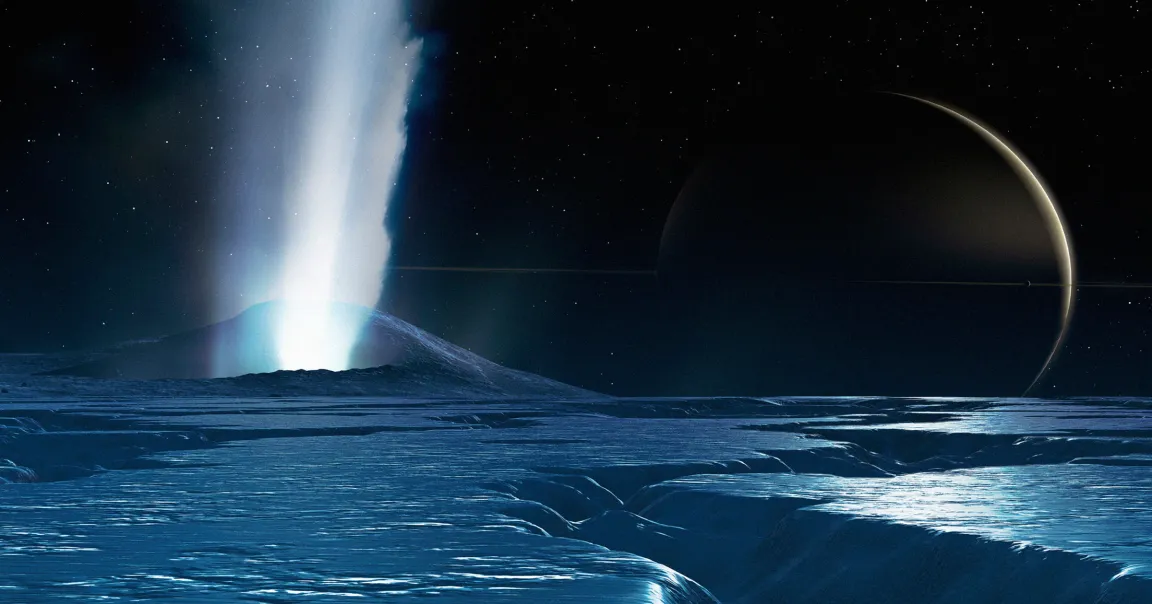
Astronomers have found that Saturn’s moon, Enceladus, is spewing out copious amounts of complex organic molecules, suggesting it’s an even more promising place to look for extraterrestrial life than previously thought.
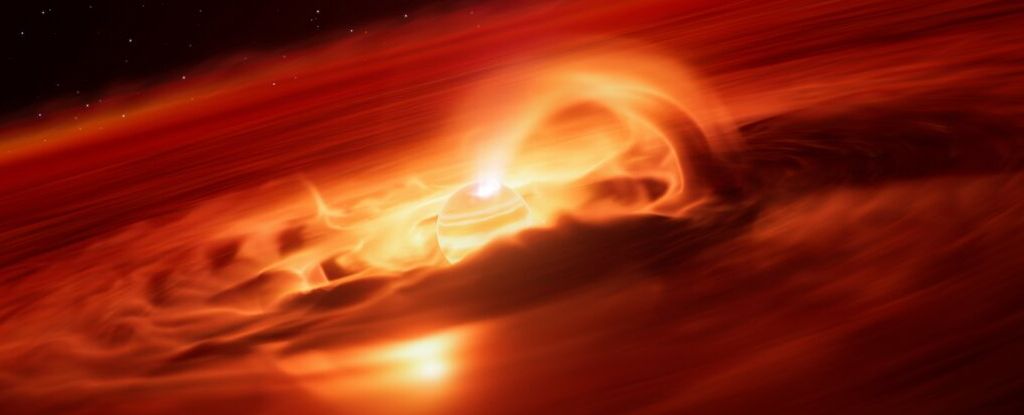
A young rogue planet about 620 light-years away from Earth has experienced a record-breaking "growth spurt," hoovering up some six billion tons of gas and dust each second over a couple of months.
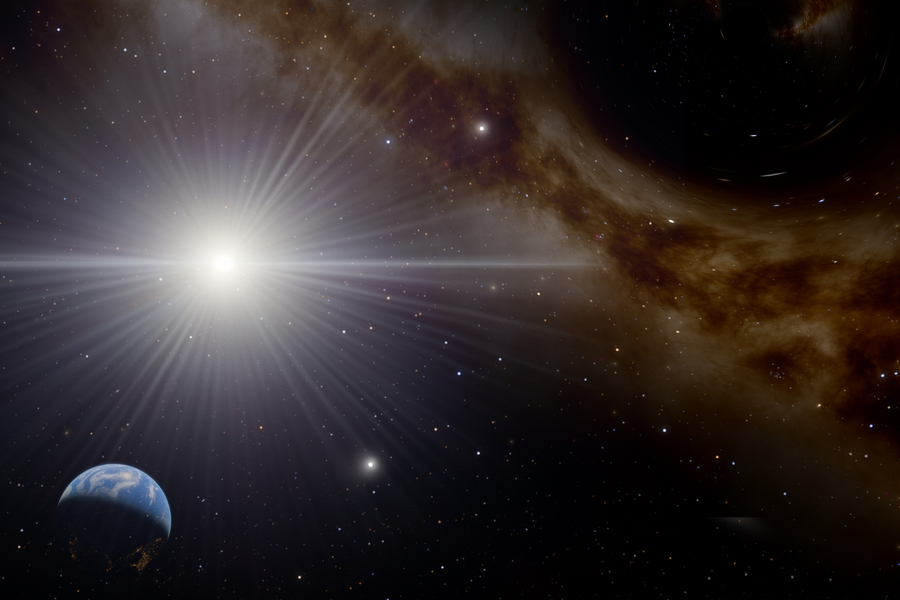
If a new proposal by MIT physicists bears out, the recent detection of a record-setting neutrino could be the first evidence of elusive Hawking radiation.
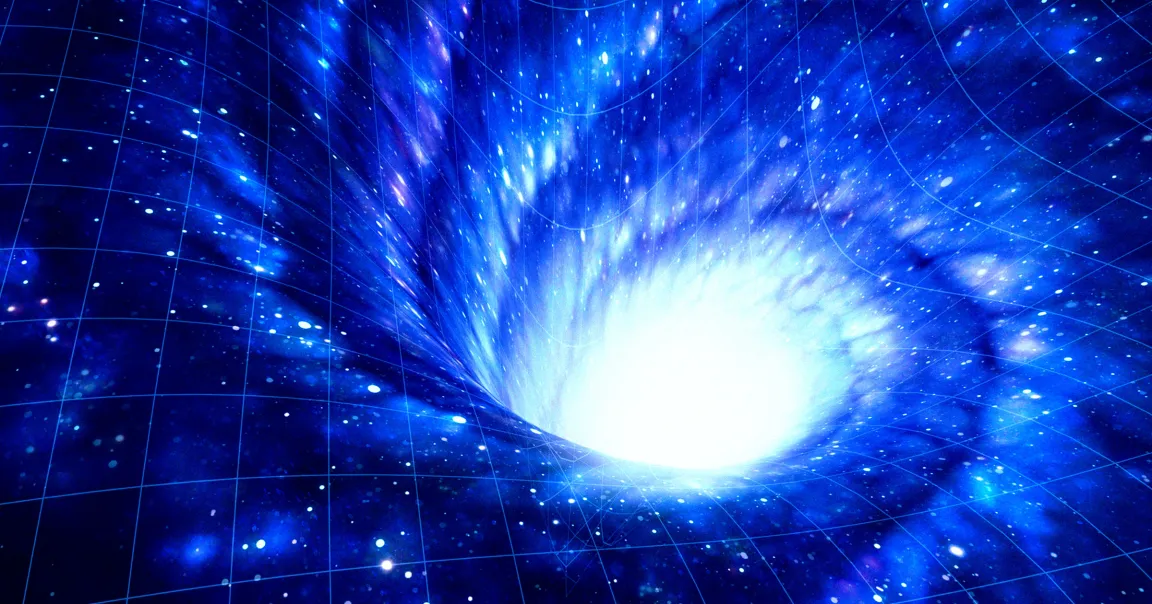
The researchers suggest that LIGO and Virgo picked up the signals of a black hole collision in a different universe than ours.
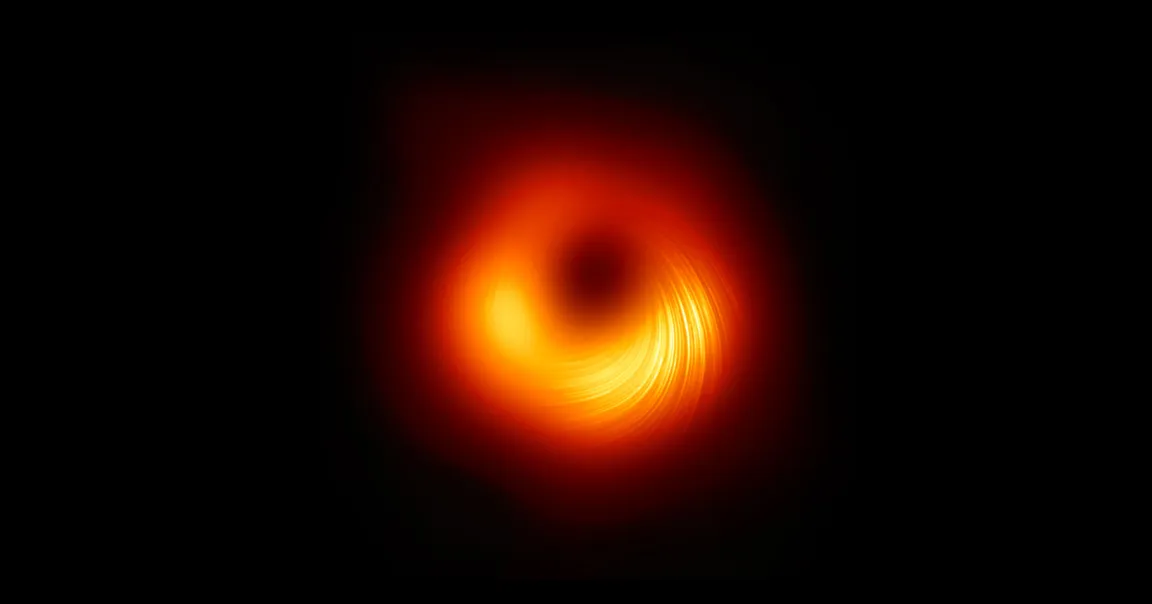
Now, by comparing observations from 2017, 2018, and 2021, scientists made a surprising discovery about how the magnetic fields near the black hole, dubbed M87*, change over time.
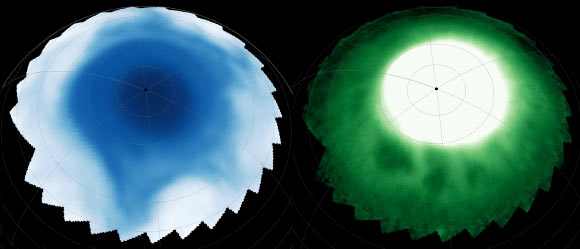
Astronomers using the NASA/ESA James Webb Space Telescope have detected a series of dark, bead-like and asymmetric star-shaped features in the ionosphere and stratosphere of Saturn.